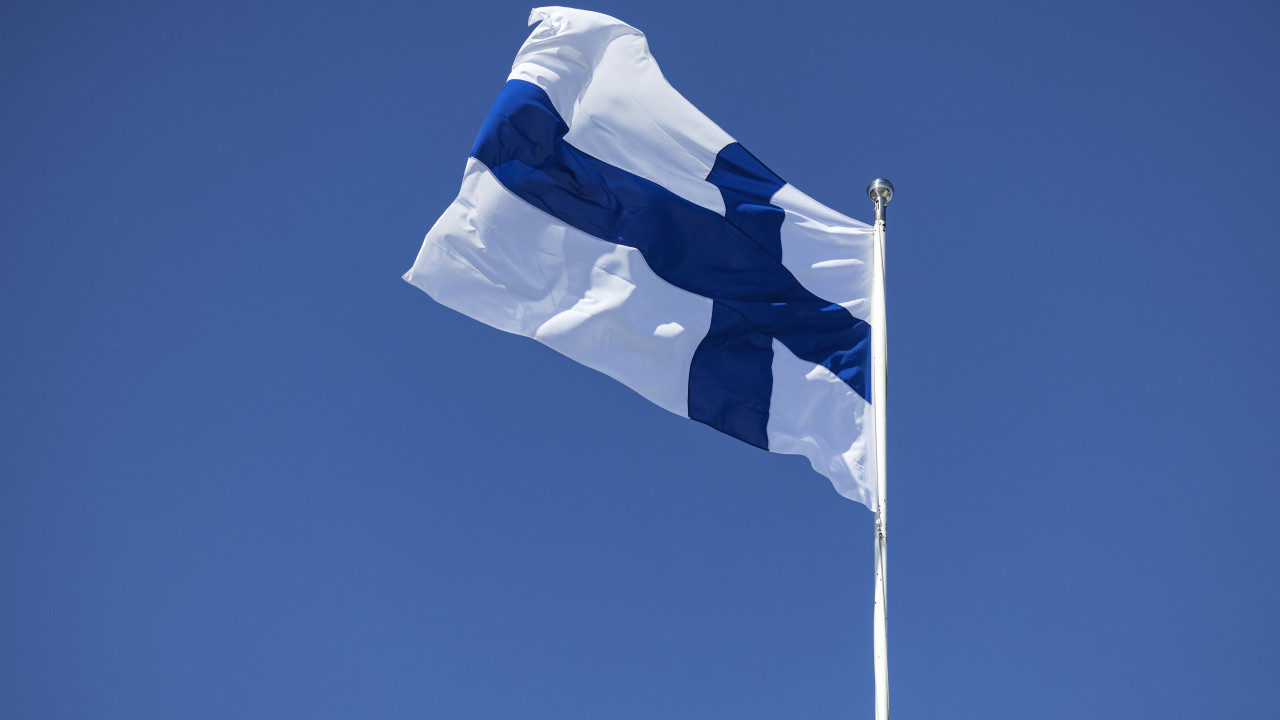a The Finnish operating company said in a statement, quoting the Spanish news agency, that the plant is expected to produce 30 percent of the country’s electricity in the future, half of which will be generated by the new reactor.
“The production of Olkiluto 3 stabilizes the price of electricity, which is an important part of Finland’s green transition,” the statement quoted the company’s president, Jarmo Tanhua, as saying.
Olkiluoto 3 has an output of about 1,600 megawatts and uses the latest pressurized water technology, according to TVO.
Construction began in 2005, but it turned into a nightmare for the Areva-Siemens consortium, which completed the work 13 years later.
In addition to the delay, the final cost has been estimated at around €11 billion, nearly four times what was planned in the budget.
Electricity production was expected to start before the winter of 2022 amid fears of power shortages in the context of the war in Ukraine.
But the start date for production was pushed back several times during the testing phase, which began in September.
Finland was the first country in the European Union to increase its nuclear energy production capacity after the accident at the Chernobyl plant in Ukraine in 1986.
Helsinki’s goal was to reduce Russia’s energy dependence and reduce carbon dioxide (CO2) emissions.
The Scandinavian country plans to complete the construction of Onkalo, the world’s first deep geological repository for the permanent disposal of radioactive waste, within two years.
Olkiluoto 3 began generating electricity just hours after the last three German nuclear reactors were disconnected from the grid, finally completing the nuclear power phase-out decided by Berlin in 2011.
Also read: Finland, Sweden and Poland are betting on nuclear power in the face of the German opacity

“Wannabe internet buff. Future teen idol. Hardcore zombie guru. Gamer. Avid creator. Entrepreneur. Bacon ninja.”



